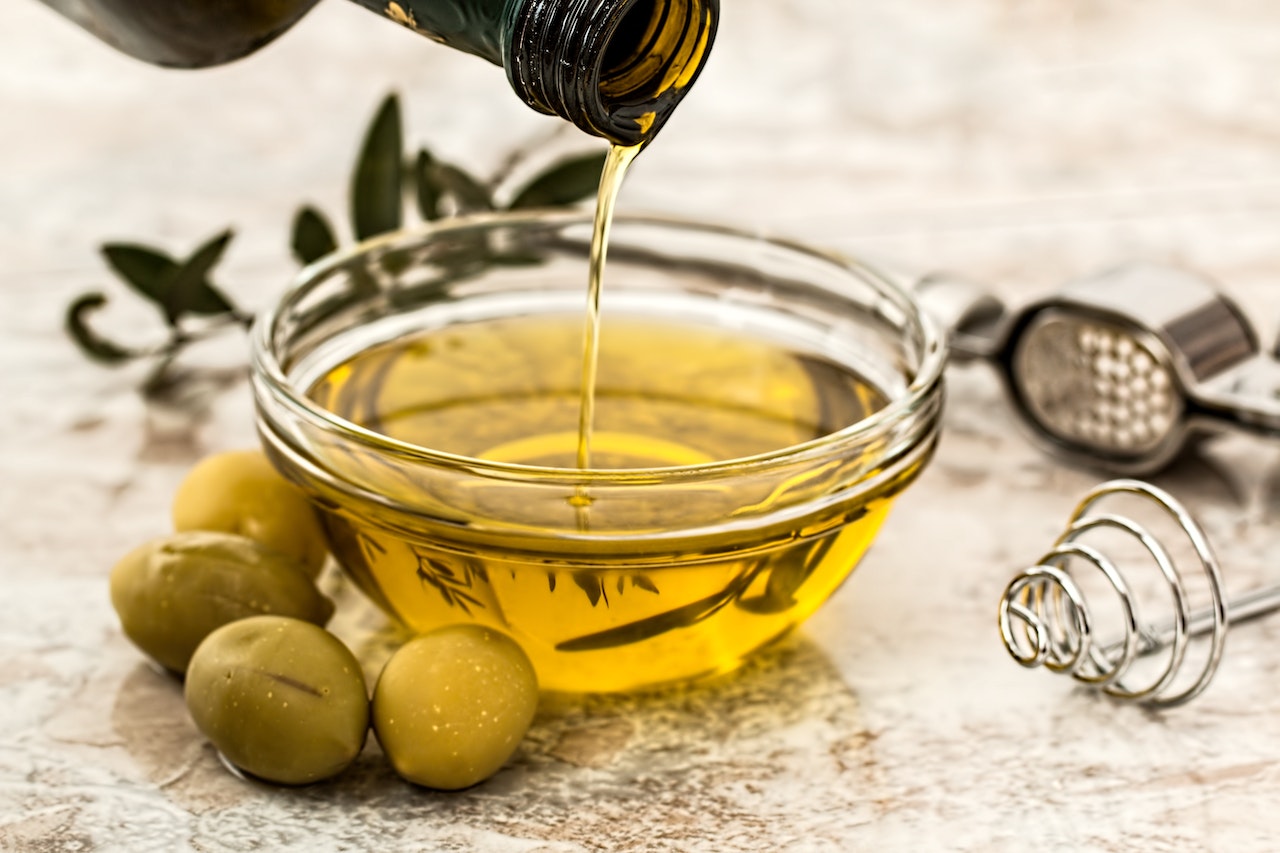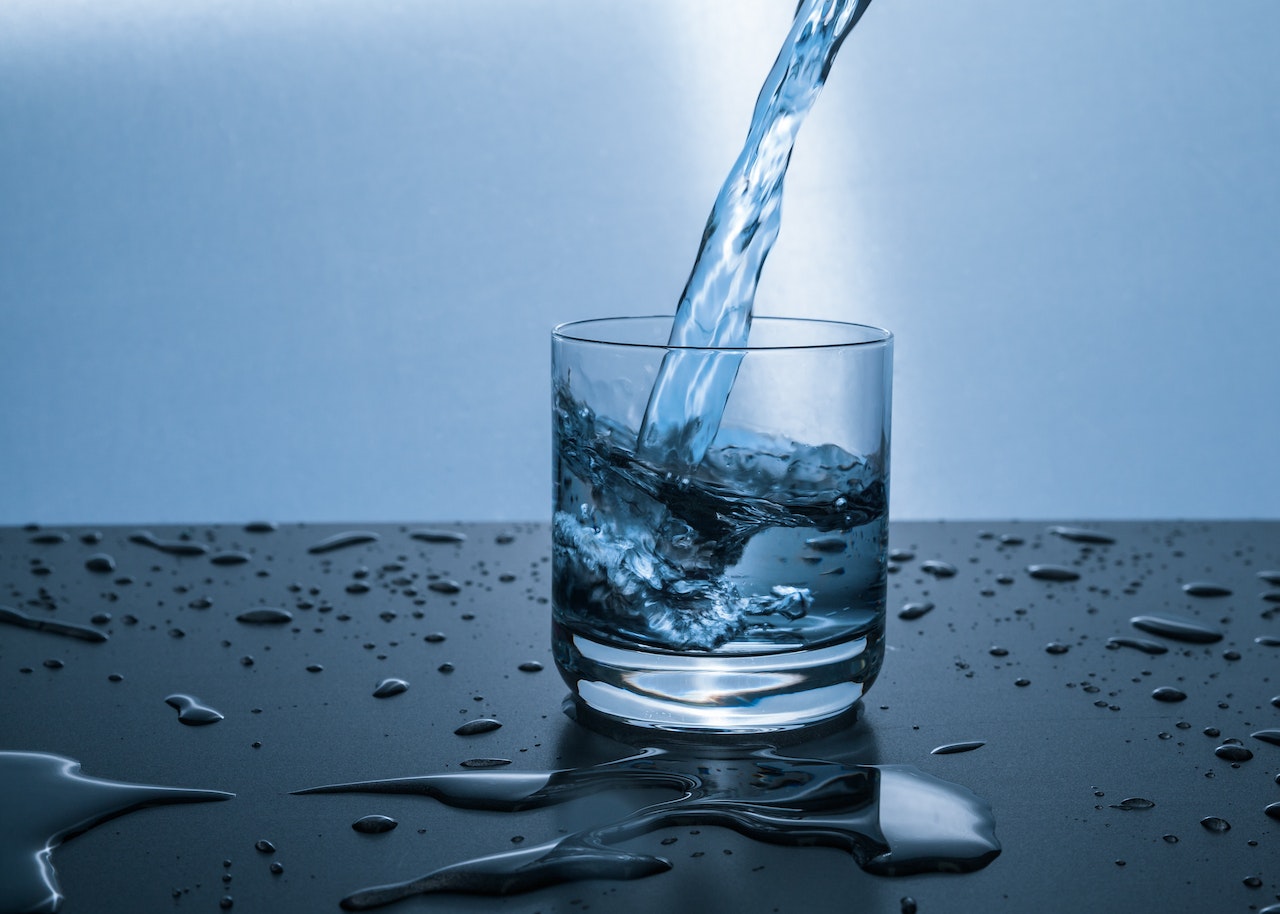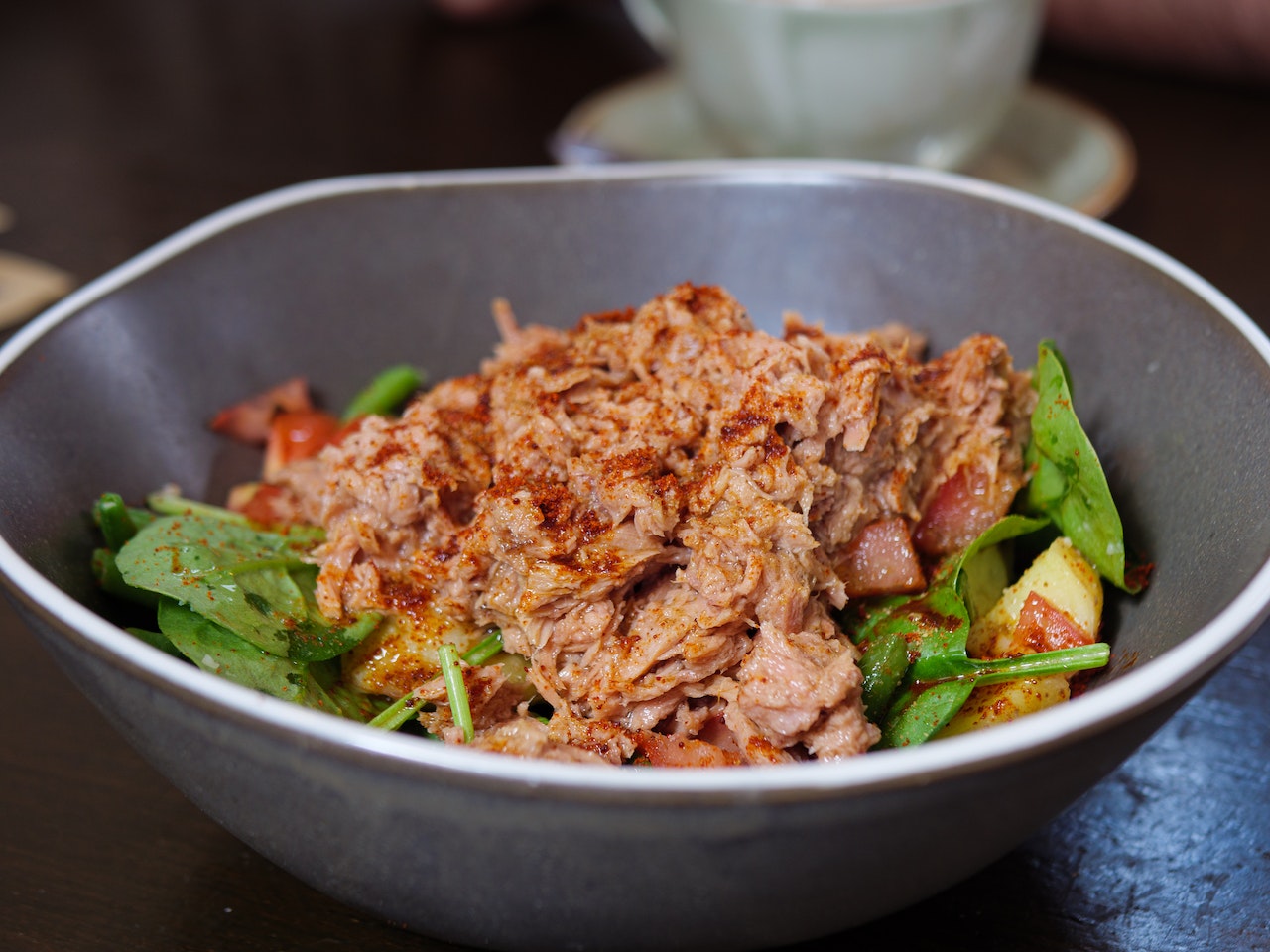There are countless ways to boost the protein content of breakfasts, lunches and dinners with nutritious tuna, from quick salads to filling omelets. Something that may surprise you is that canned tuna can be just as rich in omega-3s and low in saturated fat as fresh tuna.
That means you can take care of your budget and make more meals at home without investing a ton of time. Which type of canned tuna is better for your family: tuna in oil or tuna in water?
Pros and Cons of Tuna in Oil

As long as you pay attention to the type of oil used, both tuna in oil and water are good for you. Here are some reasons why many cooks choose oil-packed tuna:
- Flavor: Packing tuna in oil means all of that seafood-y goodness gets absorbed into the oil. This can add more tuna flavor to an entire dish instead of smaller mouthfuls.
- Tenderness: Tuna in oil tends to soften, creating a smoother texture that is easy to work with. If you’re making sandwiches or salads, that crumbly softness is amazing.
- Moisture: The biggest difference between tuna in oil and tuna in water is the moisture content. The oil keeps tuna moist, whereas water can make it dry. If you’re forced to smother water-packed tuna with mayonnaise to enjoy it, you may not get the health benefits you wanted in the first place.
In terms of fat and calories, the oil you choose makes a huge difference. Tuna in olive oil has excellent taste and beneficial fats that can lower your cholesterol. Sunflower oil is another good choice. On the other hand, some vegetable oils have saturated fats and inflammatory compounds that aren’t the best for your diet.
The Advantages of Tuna in Water

Tuna in water doesn’t have as much flavor or richness, but it does offer several advantages that make it enticing for paleo enthusiasts:
- Low in salt: If you have to watch the amount of salt in your diet, opting for tuna in water makes sense. The difference is pretty staggering, with oil-packed tuna often containing nearly double the sodium. Of course, there are healthier “no salt added” versions for oil and water.
- Low in calories: Tuna packed in water also shaves tons of calories. You can expect less than half the calories of oil versions, 70 compared to 150.
- High in protein: A typical can of tuna has 16 grams of protein, which can cover your protein needs for a meal completely. It’s better to fill up on protein than empty carbs.
- Packed with omega-3s: Tuna in water actually retains more omega-3 fatty acids than tuna in oil (unless you don’t drain the oil). That’s more nutrients to increase your concentration, boost your mood and reduce inflammation.
Tips for Tasty and Healthy Tuna Meals

Many people choose tuna packed in olive oil for its flavor, convenience and health benefits. Unfortunately, this type of tuna can cost significantly more.
An alternative is to drain the water and add your favorite oil to meals. Depending on where you buy your EVOO, sunflower oil, sesame oil or canola oil, you may save a lot of money. You can also use tuna in water with naturally moist meals, such as casseroles, melts, Italian dishes and Mexican favorites.
